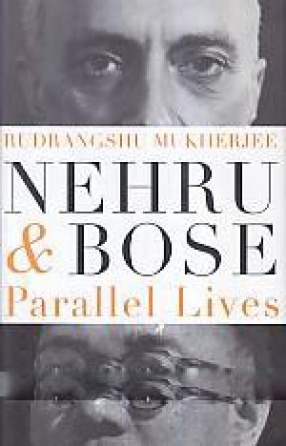
Rudrangshu Mukherjee

Showing all 13 books

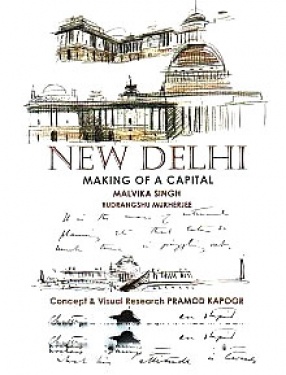
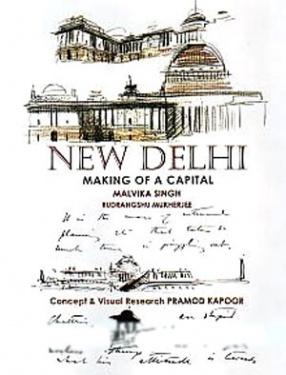
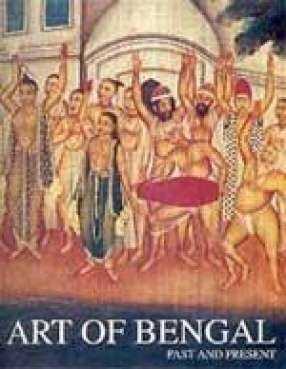
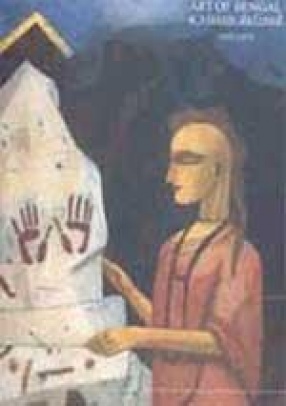
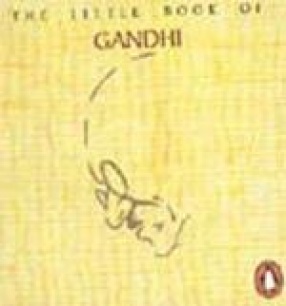


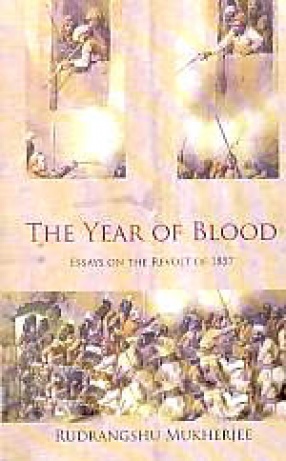

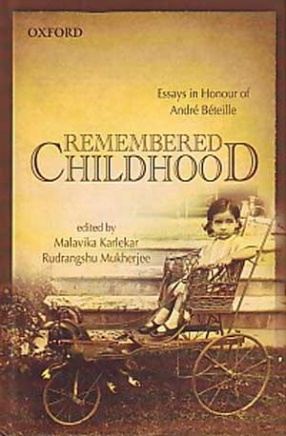
André Béteille, b. 1934, Indian sociologist; contributed articles.

New Delhi was born at two o'clock on 12 December 1911, as King George V proclaimed it to be India's new capital at his grand Coronation Durbar. New Delhi: Making of a Capital pieces together the story of the eighth reincarnation of this historic city. Breaking new ground, this book showcases century-old telegrams, maps, plans, drawings, letters and scraps of paper; the Agreement that the chief architects – Edwin Lutyens and Herbert Baker – ...


Art of Bengal-Past and Present is a testimony of hundred and fifty years of art in the Bengal region. This document is indeed a celebration as well as an educational journey. It celebrates the creative achievements of a region gained under colonial bondage and later in freedom. It is an education because it endeavours to unravel a kind of creative experimentation that has hardly been portrayed holistically before. Featuring over two hundred art plates, some from ...


The ten artists featured in this book belong to the generation that largely reworked and repositioned the stance of visual art in modern India. Founded on the detailed academic study made of the period by Dr. Rudrangshu Mukherjee, Dr. Bhaswati Chakravorty, Dr. Sovon Som, and Ms. Rita Datta, this book holds the glass closer to the historical, socio-cultural, and artistic conditions of the period. The book, "Art of Bengal-a vision defined" concentrates on ...

Lively, thought-provoking as well as scholarly, Rudrangshu Mukherjee's analysis of this emotive episode in Indian history presents a vivid picture of life in the barracks of the East India Company's cantonments in 1857, describes the social customs and military regulations that governed the daily routines of Mangal Pandey and other Indian sepoys, and examines the controversies and unrest that foreshadowed the 1857 rising. Uncovering the hard facts behind the ...

Full of timeless words of wisdom on politics, non-violence and self-improvement, this is an invaluable treasury of quotations from the writings of India's man of the millennium.

India lives in many centuries. Discover the majesty and sweep of India’s rich cultural and historical heritage, replete with the people, events and places that have contributed the chequered mosaic of India’s past. Featured in this exquisite book are rare and never-before-seen vintage photographs from some of the finest collections across the world. The vibrant and ever-changing cultural landscape of contemporary India is also featured in a series of ...
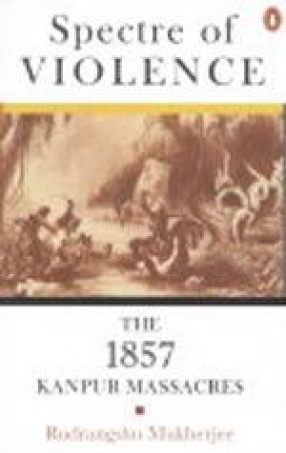
On 27 June 1857, Rebels publicly slaughtered over 300 men, women and children of the 'master race' at the Satichaura Ghat in Kanpur. On 15 July, a group of women and children who had survived were killed at the Bibighur. Two days later, general Havelock reclaimed Kanpur and Colonel James Neill decimated the rebel population. This sequence of violence has held sway over Indian and British imaginations for generations, and historians and commentators have recounted ...
